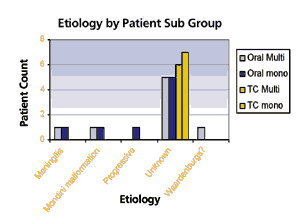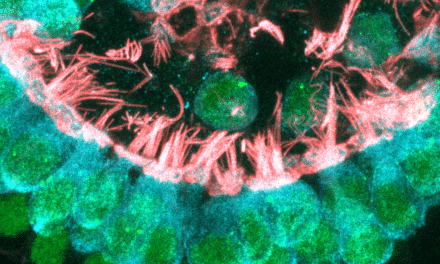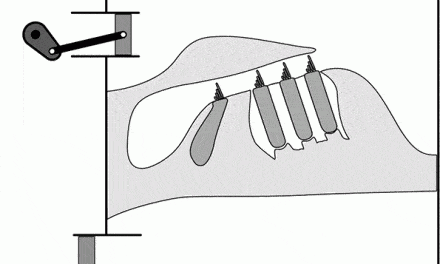Rheumatoid arthritis (RA), the most common autoimmune arthritis, affects 1% of the general population and can impact other body systems, including the auditory system.
The mechanism of injury and predisposing factors for damage to other systems are not clearly understood, but sensorineural hearing loss is the most common type of related health issue in rheumatoid arthritis patients, with a prevalence of 25-72%, according to a January 2016 article published in The Open Rheumatology Journal.
Other possible related health issues include auditory neuropathy, destruction of the cochlear hair cells and drug-induced ototoxicity (from RA medications), and rheumatoid nodules, among others.
According to study authors Amir Emamifar, Kristine Bjørndal, and Inger M.J. Hansen, elderly patients and those with long disease duration, active disease, seropositivity, elevated acute phase reactants, and rheumatoid nodules are more likely to have hearing loss. Environmental factors such as smoking, long-term alcohol consumption, and noise exposure can also contribute to the hearing loss and cochlear dysfunction in RA.
The authors report that results of pure tone audiometry revealed that RA patients have a high prevalence of sensorineural hearing loss for all frequencies. Transiently Evoked Otoacoustic Emissions (TEOAEs) testing has been used widely to evaluate cochlear function in RA patients, and is capable of detecting decreases in hearing at an early stage of the disease. The authors recommend regular audiometric testing and TEOAEs among RA patients.
The treatment of hearing loss associated with RA may include the use of oral steroids and, possibly, intensifying disease-modifying antirheumatic drugs. Anti-oxidants such as vitamin E may be helpful as they can play a protective role for the inner ear. The authors say that patients will also benefit from the cessation of smoking and alcohol consumption. As with other causes of hearing loss in otherwise healthy individuals, hearing loss in RA can also be managed by the use of hearing aids and implantable devices.
Source: Bentham Science Publishers
Image credit: © Jovani Carlo Gorospe | Dreamstime.com





